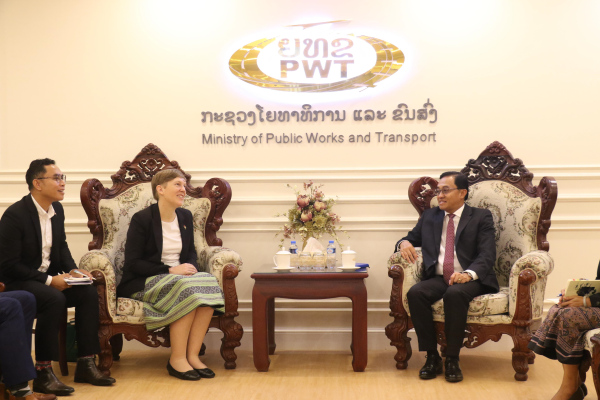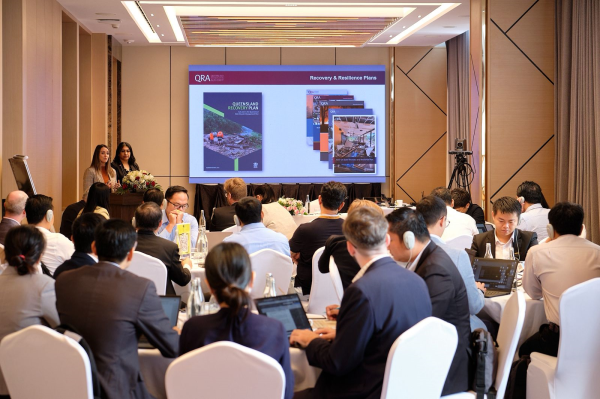KPL
Over the last three years, Australia has invested more than A$12 million through the Laos-Australia Connectivity Programme (LACP), supporting the priorities of the Lao PDR government to boost trade, create jobs, and foster inclusive economic growth.

(KPL) Over the last three years, Australia has invested more than A$12 million through the Laos-Australia Connectivity Programme (LACP), supporting the priorities of the Lao PDR government to boost trade, create jobs, and foster inclusive economic growth.
This investment aligns closely with the Lao PDR’s National Socio-Economic Development Plan and the Ministry of Public Works and Transport’s Five-Year Development Plan, reflecting a shared vision for enhanced regional connectivity and prosperity.
From 30 June to 4 July, Australian experts from Austroads, the Commonwealth Scientific and Industrial Research Organisation (CSIRO), and the Queensland Reconstruction Authority (QRA) joined officials from Laos’ Ministry of Public Works and Transport (MPWT) to exchange knowledge on resilient transport infrastructure.
Through this exchange, MPWT officials gained a deeper understanding of climate and disaster risks affecting road infrastructure. During the mission, the delegation inspected critical national road corridors and infrastructure across several areas in Laos, including Vientiane, Luang Prabang, Oudomxay and Borikhamxay provinces.
The Australian Ambassador to Laos, Megan Jones, said: “Resilient transport infrastructure plays a critical role in inclusive development. Many roads in Laos, particularly in rural, mountainous, or flood-prone areas remain vulnerable to extreme weather events, leading to service disruptions, economic losses and safety risks”. This was evident during the mission, with water covering roads in Vientiane and Oudomxay.

Speaking during her recent courtesy call on the newly appointed Minister for MPWT, Mr Leklay Sivilay, Ms Jones said: “Improving transport connectivity is central to Laos’ strategy to transform from a land-locked to a land-linked nation, opening new opportunities for regional integration and economic development. “The Laos-Australia Connectivity Programme is helping Laos address climate risks and the urgent need for reliable, inclusive transport systems by strengthening the resilience of key infrastructure.”
The mission aimed to enhance Laos' capacity to plan, design and maintain transport systems that can withstand climate challenges and extreme weather events.
Joint field assessments took place along key transport routes, including National Roads 13 North and South, National Road 2 Est, and flood-prone areas in Muang Xai. The on-site inspections provided practical insights into how extreme weather and flooding affect critical infrastructure.
Technical exchanges covered the integration of climate resilience into road design standards, using data and modelling to guide infrastructure planning, and monitoring contractor performance to ensure long-term quality and reliability.
This mission demonstrated the value of combining hands-on field experience with policy and technical dialogue, laying the groundwork for future collaboration under LACP Phase 2.
The LACP is delivered through the Australian Government’s Partnerships for Infrastructure (P4I) initiative, in close coordination with Lao ministries and provincial authorities.
The programme continues to identify priority areas for future collaboration, ensuring that the partnership remains responsive to Laos’ evolving needs and ambitions. As Laos and Australia deepen their cooperation, the LACP stands as a model for effective, sustainable, and resilient infrastructure development in Southeast Asia.
KPL